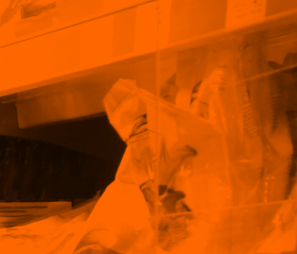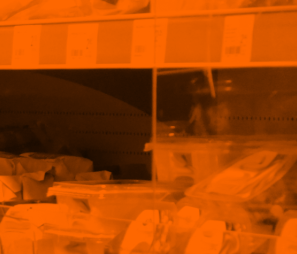As cable theft continues to plague rail networks, energy systems, construction and utilities sites and vacant commercial properties, First Response Group (FRG) has unveiled FRG Tremors – a breakthrough seismic detection system that senses tampering to both laid cable and cable drums in storage, and tracks stolen cable in real time, giving operators instant visibility over critical infrastructure and the means to respond immediately.
FRG Tremors, exclusive to First Response Group in the UK, uses seismic sensors to monitor vibration, tilt and movement around cabling and associated infrastructure. When tampering is detected, an encrypted signal is transmitted to FRG’s 24-hour control centre, which alerts nominated response teams and police. If material is removed, onboard GPS with jamming detection activates, enabling stolen cable to be tracked in real time until recovery by law enforcement.
Each unit operates autonomously on a long-life battery for up to three years and is engineered to function in remote or exposed environments where traditional CCTV and motion sensors struggle, such as along rail lines, renewable-energy sites, compounds storing material awaiting installation or empty commercial properties awaiting reoccupation.
According to FRG, the system has already been proving effective in trials across six live infrastructure facilities, including rail feeder lines and signalling cable routes, recording zero level theft throughout the pilot. The sensors performed reliably in high winds, rainfall and mixed terrain, with no false alarms recorded during 60 consecutive days of live testing.
The ground-breaking security system’s launch follows mounting warnings from industry bodies and law enforcement about the resurgence of metal theft. The Energy Networks Association says the crime continues to cause millions in losses every year, putting public safety and power continuity at risk. British Transport Police has also reported a rise in thefts along rail corridors, leading to signalling delays and cancellations. Meanwhile, the Office for National Statistics recorded a 42 per cent increase in “theft of metal” offences between 2022 and 2024.
The launch of FRG Tremors comes at a time of already heightened financial strain for UK businesses. Ahead of the Autumn Budget 2025, the British Chambers of Commerce has warned that firms “cannot absorb further shocks” as inflation, energy costs and insurance premiums remain elevated. With material theft often causing weeks of disruption, security failures are now being viewed not as an operational nuisance, but as a business-continuity and balance-sheet risk.
“Cable theft has become one of the most damaging and costly crimes facing UK infrastructure,” said James Reed, head of construction and infrastructure at First Response Group: “FRG Tremors changes the model from passive surveillance to active response – we can identify an attempted theft in seconds, deploy canine or mobile units, and prevent the damage before it occurs. For operators already battling inflation and budget pressure, the cost of prevention is now far lower than the cost of recovery.”
“We’re seeing an increasing need for systems that work where cameras and security officers cannot,” Reed added. “That means battery autonomy, secure data transmission, GPS accuracy and rapid integration with live-response networks. FRG Tremors brings all of that into one deployable solution.”
FRG Tremors forms part of FRG’s wider strategy to integrate technology and human-power across its national network. The system interfaces with FRG’s digital platform, which is already used for alarm response and enables a unified picture of threat detection, escalation and incident closure. It can also be layered with complementary systems such as M-PIDS (mobile perimeter intruder detection), CCTV and access control for multi-tiered defence.
FRG said it plans to roll out FRG Tremors nationwide through its regional security hubs, with priority deployment across utilities, rail and energy infrastructure, as well as large property portfolios managing vacant assets. Early interest has also come from renewables and data-centre operators seeking protection for remote assets.
The company emphasised that the system’s cost-efficiency and scalability make it suitable for both short-term and permanent installations.
Manufacturing & Engineering Magazine | The Home of Manufacturing Industry News















